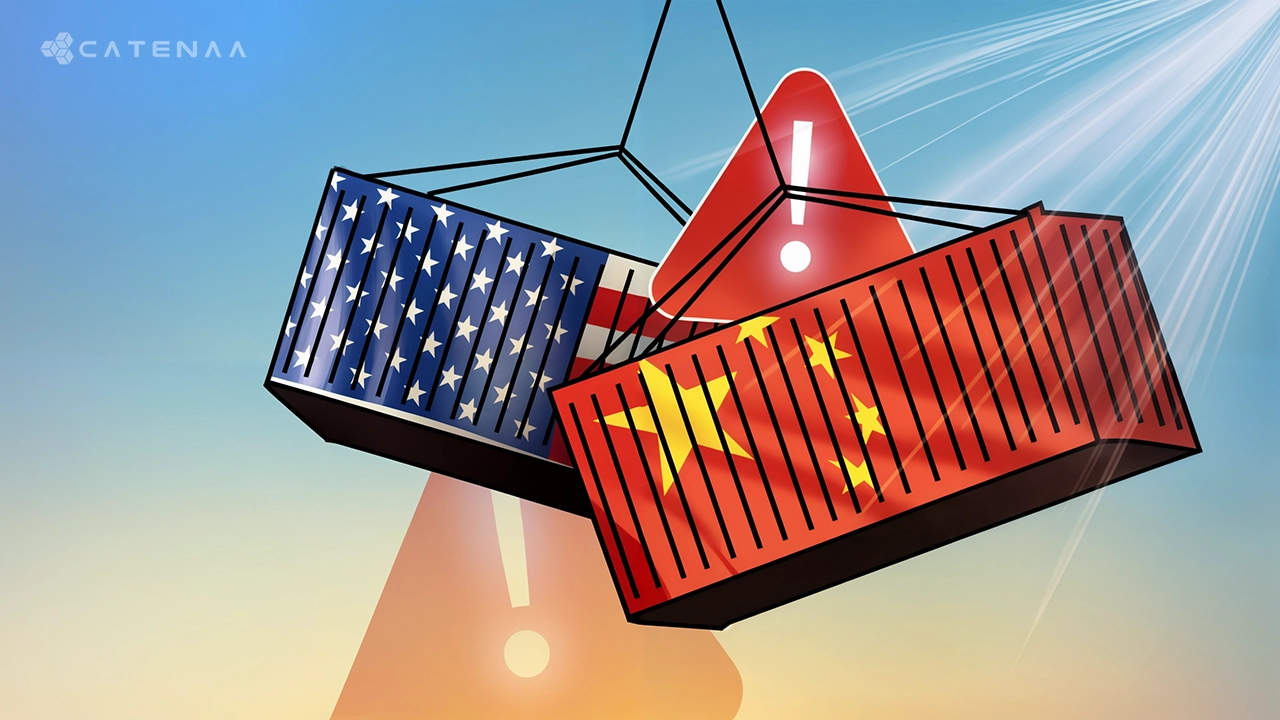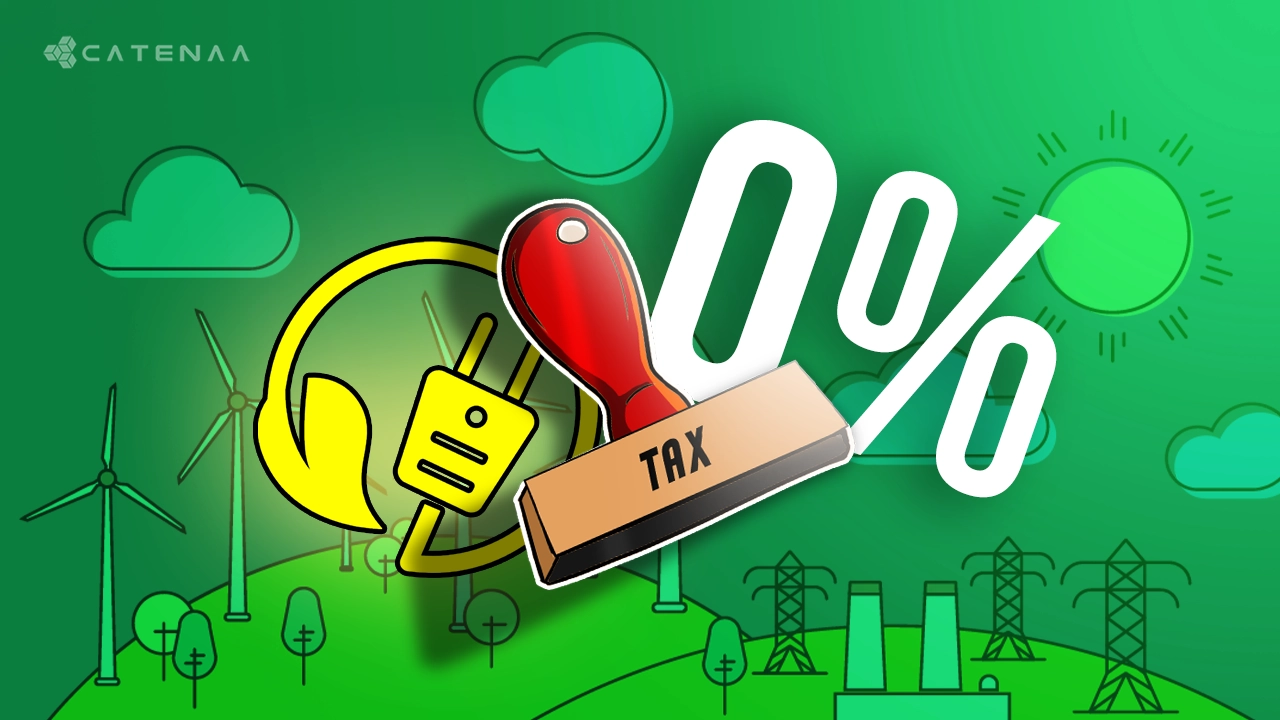Catenaa, Tuesday, May 13, 2025-As tariffs on Chinese goods continue to rise, China is diverting exports meant for the US to its domestic market, a move that risks deepening the country’s deflationary spiral.
The government’s push to support exporters amid declining US demand has led to a surge in discounted products within China, but experts warn that this may only worsen economic conditions.
Amid a steep 145% tariff increase on Chinese goods to the US domestic efforts to mitigate the impact have seen companies like JD.com and Tencent promoting sales of these tariff-affected products to Chinese consumers.
JD.com, for instance, has committed 200 billion yuan ($28 billion) to support exporters and is offering discounts of up to 55% for goods originally intended for the US.
Despite these efforts, economists warn that the influx of discounted goods could trigger fierce price wars, harming companies’ profitability and potentially reducing employment. The consumer price index (CPI) in China, which hovered just above zero in 2023 and 2024, has now dipped into negative territory, signaling a potential deflationary cycle.
The loss of US market access has compounded weak domestic demand, with consumer spending slowing. According to Goldman Sachs, China’s GDP is expected to grow just 4.0% this year, below the government’s target of around 5%. The tariffs have not only strained exporters but also exacerbated overcapacity issues in certain industries.
The intensifying pressure on exporters is expected to lead to more business closures and job losses. Goldman Sachs estimates that 16 million jobs in China are linked to U.S.-bound exports, adding to the country’s unemployment woes.


